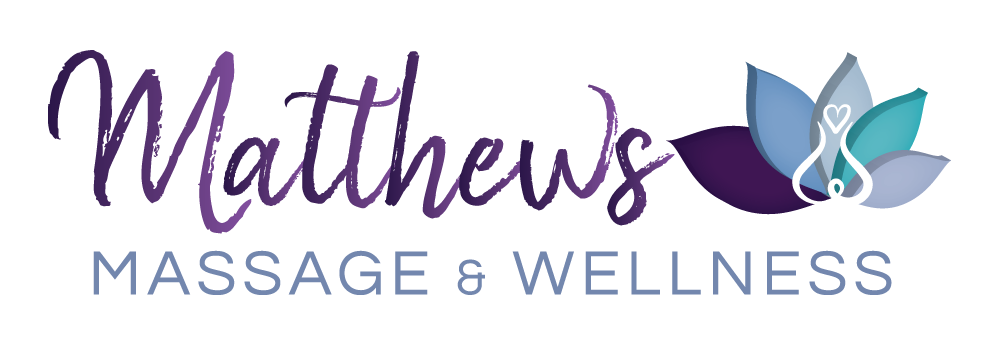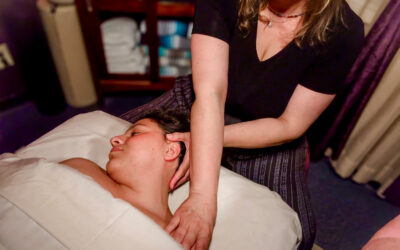Let’s talk about your derrière. Your booty boot; your glutes. How important is it to have your massage therapist work on your bum? If you think about how much we use our glutes on a daily basis, it is vital to allow your therapist access to these muscles. Simply walking down the hallway you are using your glutes to balance and move forward. They connect your hips to your legs. Tightness in the glutes can lead to low back pain, hip and knee pain. They can influence problems with sciatica, SI joint pain, pelvic pain and so much more. Your massage therapist can use light pressure if you are sensitive and it will still influence the glutes to relax. I, personally, like to use cupping on the glutes prior to manual therapy to allow your body to relax and open the already commonly compressed tissue.
We can’t talk about the influence the glutes have on the body without touching on the fascia that connects this tissue to the rest of the body. Fascia is like the spiderweb that weaves throughout our muscle structure and all over our body. There are links in the fascia all the way from the scalp, back of neck, down the back and into the glutes, finishing into the back of the legs and soles of your feet. It is woven throughout the body and can be influenced through bodywork and massage. So even if you are having pain in your neck/shoulder area, this could be influenced by tightness in your hamstrings or glutes. When a massage therapists recommends working full body, even though you only have pain in your neck, they are trying to map if the pain is just coming from the neck or if it could be unlocking the hamstrings and glutes to allow your neck to relax.
Stretching your glutes is vital.
Whether it’s before or after any workout; even just from normal daily activities. Whether it was a cardio workout of strength training for back, glutes, legs etc. Just take 5-10 minutes to stretch.
5 of the most beneficial stretches include:
- Figure Four Stretch (Sitting, standing or laying down)
- Standing Glute Stretch
- Downward Facing Dog
- Lunging hip flexor stretch
- Pigeon pose.
Strengthening glutes includes Squats, Lunges, Roman Deadlifts (RDLs), and exercises using resistance bands like lateral band walks. You can add Step-ups, Good Mornings and Glute Bridges as your glutes strengthen. Just add a few to your regular workout routine at a time.
Focus on proper form.
It is crucial for maximizing glute activation and preventing injury. Working out in front of a mirror will help you to monitor your posture and proper form. Keep your spine aligned and try not to arch your back.
Progressive Overload.
Gradually increase the weight, resistance, or reps to challenge your muscles and promote growth.
Incorporate a variety of exercises.
This ensures that you are working all the muscles in the glutes from different angles.
Listen to your body.
Rest when needed and don’t push yourself too hard, especially when starting out. Learn to listen to your body and trust what it is telling you.
Be patient.
Building glutes takes time and consistency. Track your progress and celebrate your achievements.
Consider your diet.
Adequate calorie intake and protein consumption are essential for muscle growth.
If you are not sure how to stretch or strengthen safely, if you’ve had surgery or an injury, or if you have pain in your lower body, talk with a doctor or physical therapist before doing any glutes stretches/strengthening exercises. You can also connect with a personal trainer who with their vast knowledge can encourage you and educate you on proper form and additional exercises to ensure a safe workout. Matthews Massage and Wellness is available for assisted stretching and myofascial bodywork to allow you to continue with your healthy workouts/stretching helping to prevent injury and aid in recovery time.



